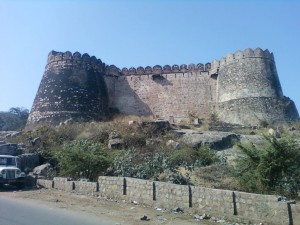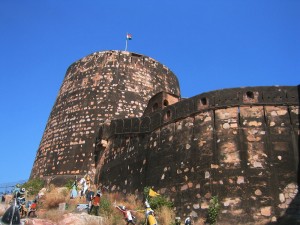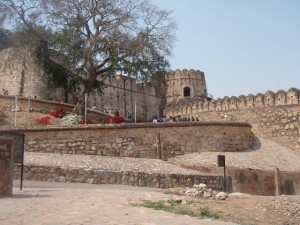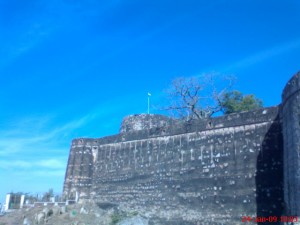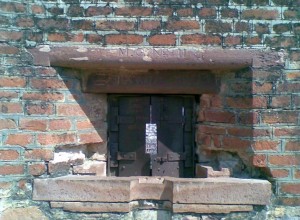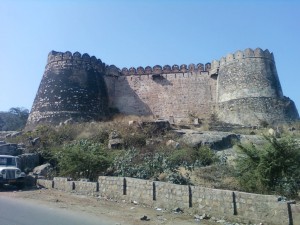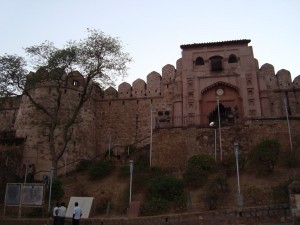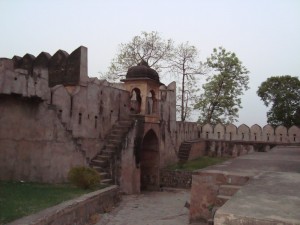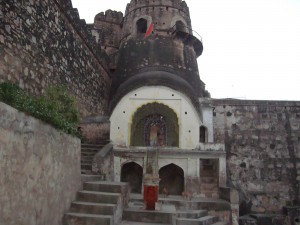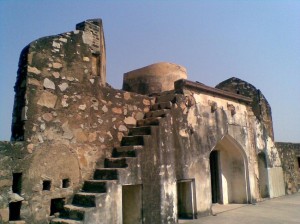Written by Soudip
June 6th 2014Other Places
You Are Here
Home > India > Shaniwar Wada, Pune Historical Facts and PicturesJhansi Fort Historical Facts and Pictures
Jhansi Fort, also known as Jhansi ka Kila, was built in the 17th century by Raja Bir Singh Deo on a large hilltop called Bangira, in Uttar Pradesh. Jhansi is famous for Rani Laxmi Bai, also known as Jhansi ki Rani.
In 1729, Maharaj Chattrasal gave the fort to Mohammed Khan Bangash as a token of his gratitude, for helping him defeat the Mughal army. In 1742, Naroshanker was appointed as subedar of Jhansi, who not only extended the fort but also added other buildings. After Naroshanker, Madhav Govind Kakirde followed by Babulal Kanahai served as the subedar of Jhansi. Vishwas Rao Laxman served from 1766 to 1769, and was followed by Raghunath Rao (II) Newalkar, who apart from increasing the revenue of the state also built the MahaLakshmi Temple and the Raghunath Temple. His rule was followed by the inefficient Raghunath Rao (III) who left Jhansi in a terrible financial state. Jhansi again got an able administrator in the form of Raja Gangadhar Rao, who, due to his generosity, succeeded in keeping the local population satisfied. Following his death, Manikarnika Tambe, his wife, later known as Rani Laxmi Bai, ruled in his stead. In 1858, she bravely led Jhansi against the British East India Company. There is a memorial board present which reminds one of her heroic feat in jumping from the fort on horseback with her adopted son. In April 1858, British forces captured Jhansi under General Hugh Rose, and in 1861, the British Government gave it to the Maharaja of Gwalior only to later take it back in 1868.
Jhansi Fort
Jhansi Fort Inside
The huge fort is spread over an area of 15 acres, measuring 312 meters in length, with a width of 225 meters. The walls of the fort are made of granite 16-20 feet thick. Ten gates give access to the fort including Orchha Gate, Khanderao Gate, Unnao Gate and Laxmi Gate.
Category
IndiaWritten by Soudip
June 6th 2014










